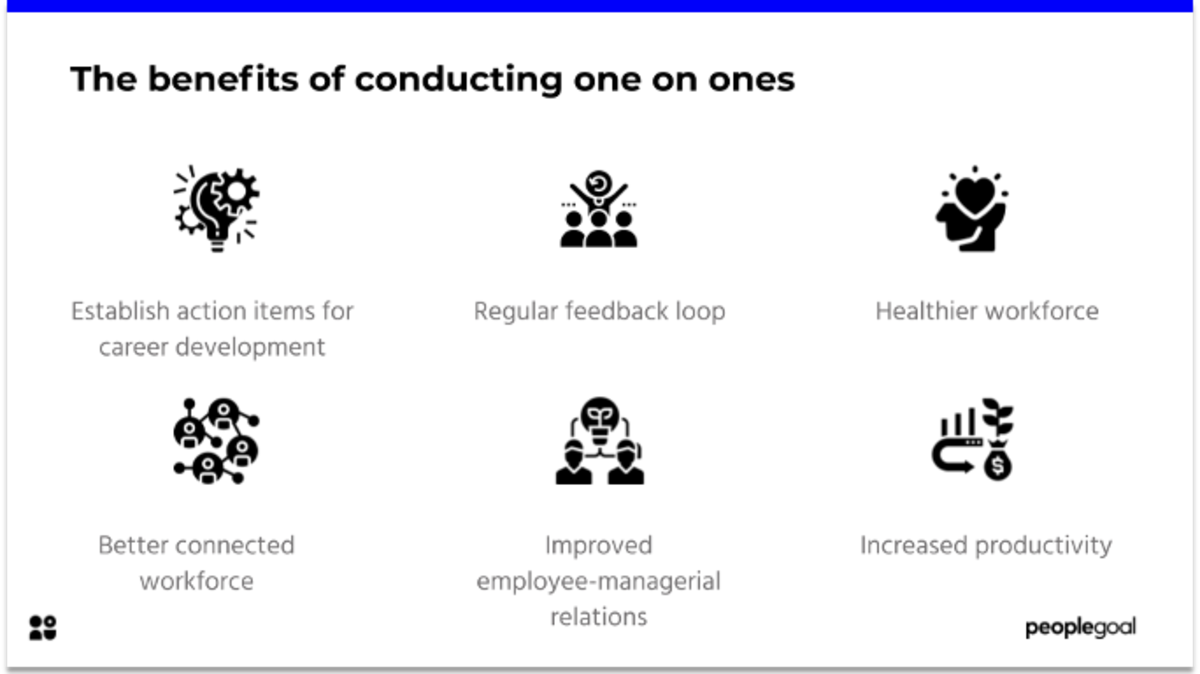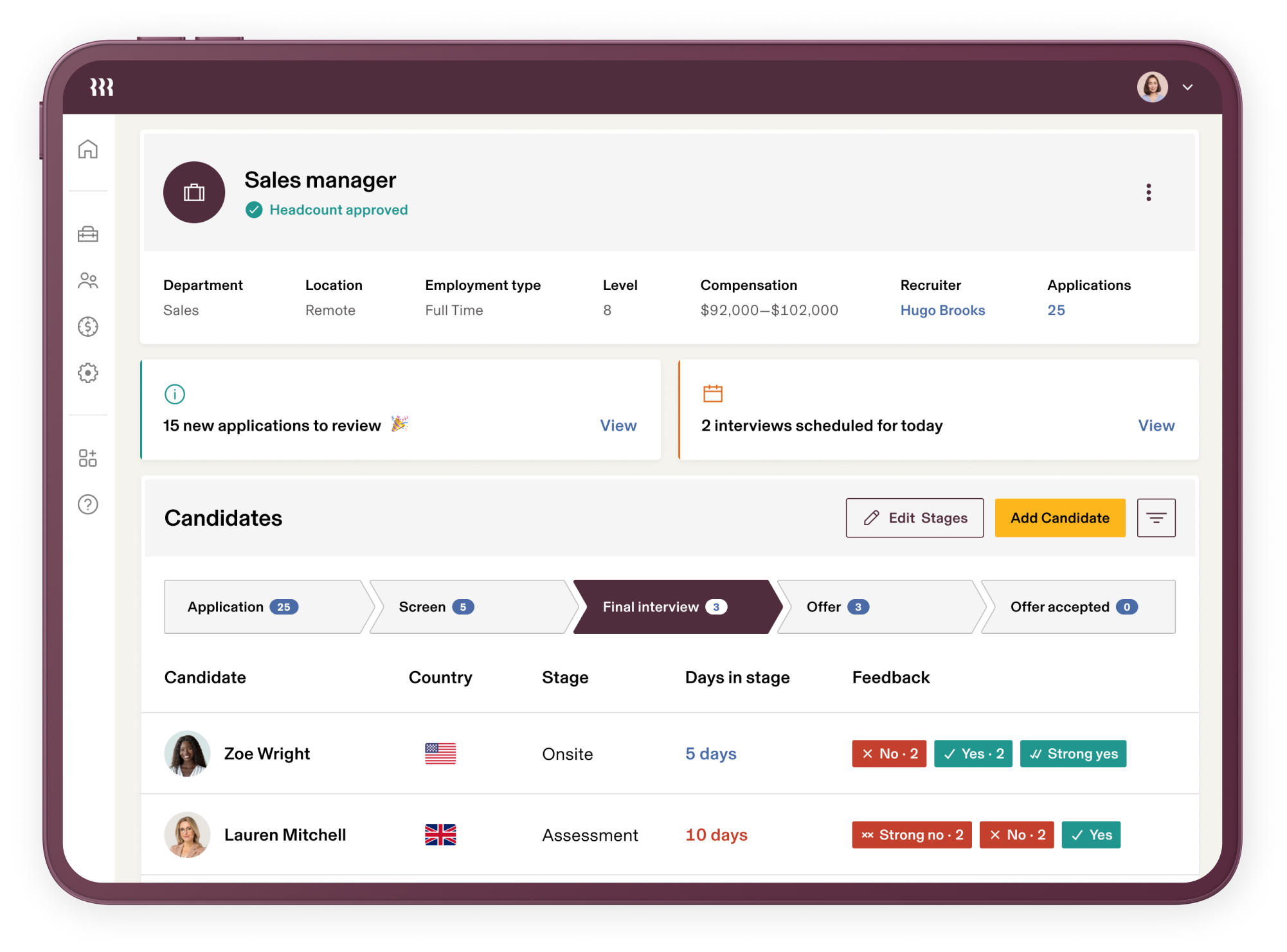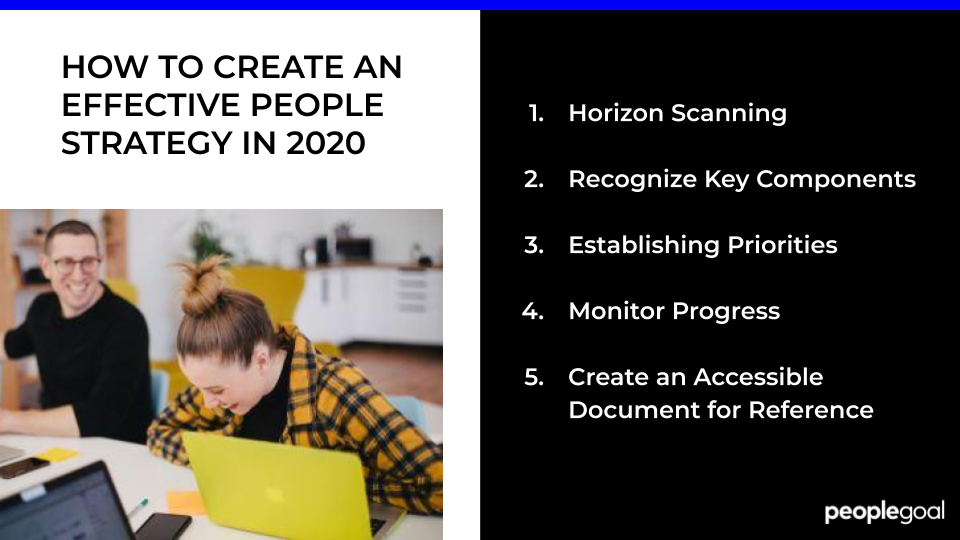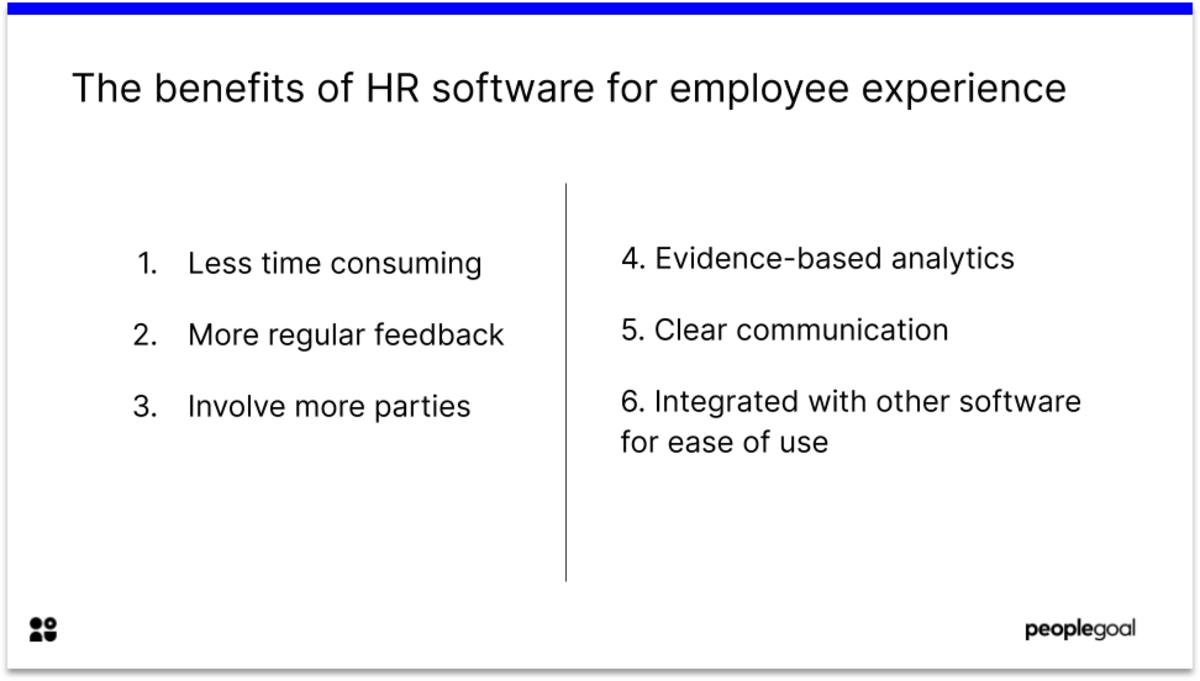In order to complete any hiring process, new joiners must be onboarded. Approaches to onboarding vary across companies but at its core – the onboarding process will prepare an individual to become a fully-fledged employee within an organization.
A study by Glassdoor found that an effective onboarding process improved retention rates by 82% whilst productivity of new hires was found to be 70% higher. It has been deduced that the strongest way to onboard employees is through following the 30 60 90 Day Plan. A strong onboarding process that uses this structure will certainly facilitate new employees to better grasp what is required of them in terms of their roles and responsibilities.
What is the 30 60 90 Day Onboarding Process?
Overview of the 90 Day Plan
Day 1
On your new hire’s first day, you want to give them the best opportunity to settle in easily with their new colleagues and work settings. Depending on whether they are working remotely or not, prepare a clear itinerary for them to follow on the day.
Introductions to new peers and guidance on how to find their way around the office are important. Using the plan you have prepared, the hiring manager can ensure that the new joiner has successfully completed all of the necessary activities on their first day with the company.

Week 1
By the end of the employee’s first week within the onboarding process, they should be much more familiar with their peers and the office space. Moreover, briefings on their specific responsibilities and the company’s values and ethos should equip the employee with a fuller understanding of how they are expected to engage with work at your organization.
As and when the employee completes the different aspects of the onboarding checklist for the first week, the manager can tick them off from the list. In addition, at the end of the first week, the manager should conduct the first check-in with the employee. Within this one-on-one meeting, the employee can voice any concerns or gain further clarity on any aspects of work they have struggled to understand.
These check-ins also provide a great means for the manager to gather employee feedback and determine how happy the new joiner is to be working for the company.
Month 1
Within the first month, the new hire should be getting more into the rhythm of their new role. They will have hopefully conducted the majority, if not all, of their learning and initial training programs by now. It is on the manager to ensure that the employee is well adapted to their new position.
Any problems that have been flagged up can be addressed in the 30-day check-in. Continued learning programs should be set out for the employee and depending on how well they have performed, update their set objectives.
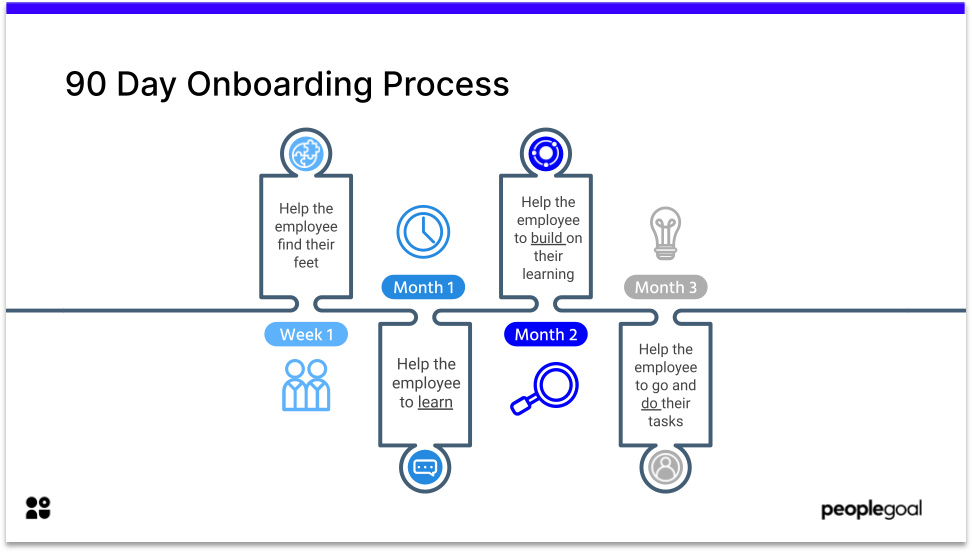
Month 2
Transitioning from learning to building, in the second month the focus for the employee should be looking to finalize all aspects of the employee’s learning. The employee is halfway through the 90-day onboarding process and so they should be much more comfortable and aware of their role within the organization.
Managers should look to encourage a greater sense of independence in their employees. Of course, they will also provide opportunities for counsel and the 60-day check-in will be important to cement everything that the new hires’ have learned so far.
Month 3
For this third and final month of the onboarding process, the focus will be on encouraging the new joiners to act upon all of their training and apply themselves to be completely independent employees. Communication and confidence in working in a team will enable the employee to maintain a positive employee experience within the organization.
To wrap up the onboarding process, the employee will go through an evaluation process followed by a final check-in. A successful onboarding process will have produced a confident and competent employee that will be capable of working well without frequent check-ins and monitoring.
Why is Onboarding so important?
There are many reasons that demonstrate just how important it is for companyies to run an effective onboarding process. In fact, SHRM states that 69 percent of employees are more likely to stay with a company for three years if they experienced great onboarding. In addition to the findings by SHRM, we have also collated a list of benefits from establishing a strong onboarding process.
- Increases employee engagement
- Reduces employee turnover
- Strengthens company culture
- Cost-Effective
- More motivated employees
- Encourages long-term career development
- Attracts top talent
- Facilitates company growth
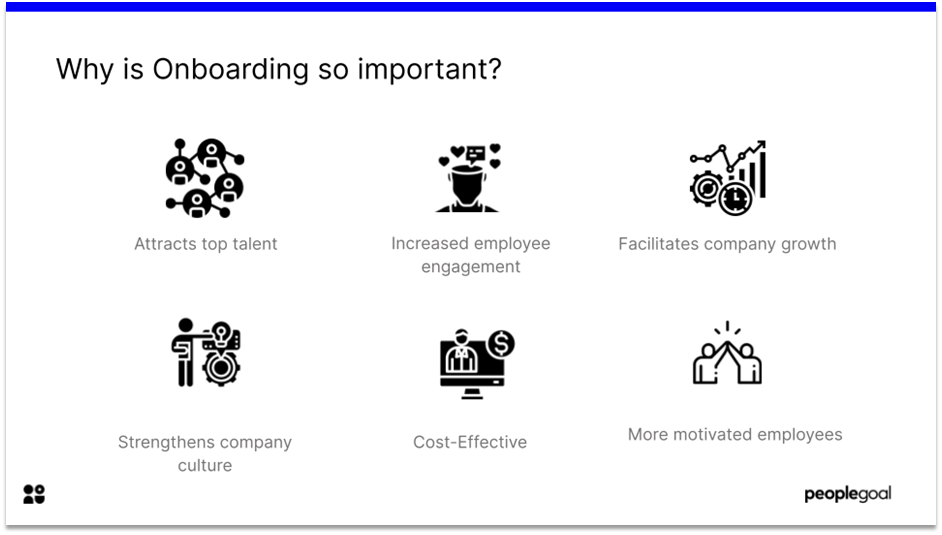
How to create a 30 60 90 Day Onboarding Process?
A 30 60 90 Day Onboarding Checklist provides managers with the necessary tools to monitor the progress made by their employee’s throughout the onboarding process. At each 30 day milestone, the checklist provides the manager with the essential tools to support employees as they are learning the ropes for the first 90 days of working in their new position.
Following each 30-day milestone, the manager will update the checklist to confirm that the requirements have been met. Moreover, at these milestones, check-ins will also be arranged. These check-ins are invaluable as they provide both the employee and manager with the opportunity to discuss concerns or any other points for improving the onboarding experience.
The employee can use these one-on-one check-ins to give feedback about any aspect of their experience. Ensuring that managers maintain a proactive role in the onboarding process presents a continuous channel of communication with new hires. Advice or guidance for how to improve performance to arranging additional training sessions can be easily coordinated through these regular check-ins.
30 60 90 Day Onboarding Checklist Template
👉 Download our 30 60 90 Day Onboarding Checklist Template!
This document provides managers with a complete onboarding checklist that they can adapt to their own onboarding process. Included in this template are evaluation forms to assess the overall onboarding experience – this is particularly useful for determining if the employee feels prepared by the end of the 90-day onboarding period.
👉 Click here to try out PeopleGoal’s Onboarding Checklist for Managers App
⭐ Book a Demo with PeopleGoal today to see how we can help your organization with HRIS
Ready to 3x Your Teams' Performance?
Use the best performance management software to align goals, track progress, and boost employee engagement.

